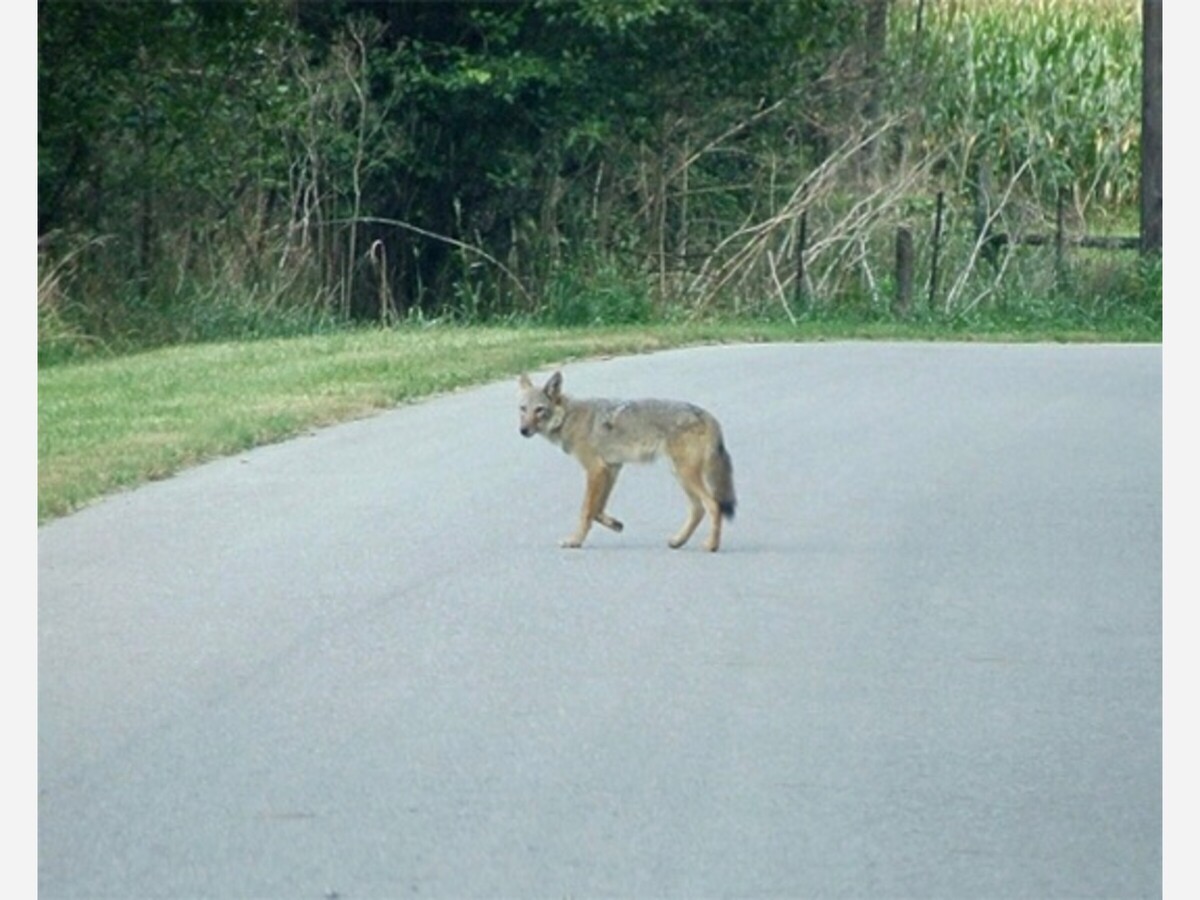Image


WARREN COUNTY, OH -- Recently, Warren County Volunteer Naturalist Dave Woehr forwarded an aritcle about coyote attacks on people’s pet dogs in the Fairfield area along with a presentation he shared on coyotes about five years ago.
But, before I could get his presentation published into the WarrenCountyPost.com, he received a letter from a Warren County resident informing him about two large dogs being attacked by coyotes during the day. (The dogs have been treated and are recovering.) This time Woehr contacted both Warren County Park District Naturalist Shannon Pennington and the WarrenCountyPost.com on the same email about the Warren County attack.
Pennington has posted important information on the Warren County Park Nature Programs FACEBOOK page concerning coyotes and has given the WarrenCountyPost permission to use. Along with her post, Pennington has created a Coyote Program that not only teaches how to keep pets and families safe from Coyotes, but it also teaches about the mammal itself. Dates for the upcoming programs are:
“Our goal is to keep our pets and families safe,” Pennington said.
As we enter into the colder months and leaves are off the trees, coyote sightings will increase. Although their average weight is 45-50lb, they often look bigger this time of year because of their thick winter coats.
Coyotes travel in family groups (packs) consisting of one mated pair and the young of the previous year or two who haven’t left to establish their own territories.
While they can and do eat pretty much anything... including fruit and earthworms, their preferred food is made up of small rodents like moles and mice.
"It’s a great reminder to keep attractants such as pet food, open compost piles, trash cans, grill drippings and etc., out of your yards for this does attract coyotes," Pennington noted.
Pennington explained that it is important to look your yard over before letting your pets outside and it is also very important to teach children what to do if they see them.
"Humans need to reinforce that they are 'top dog' and to do this... it’s important to learn about hazing," she said.
To do this, visual and auditory signals are very important. A person needs to sound loud and make themself look big and scary until the animal retreats. Somethings that can be used to do this are:
Do not haze coyotes that are injured, sick, cornered or guarding a den of pups. All these steps are imperative in maintaining a healthy fear of humans and prevent habituated coyotes.
Contact a wildlife officer immediately at 1-800-WILDLIFE if a coyote's behavoior consists of:
“If the animal does not appropraitelty retreat when hazed, DO NOT break eye contact… Back away slowly... and, never run from one," notes Pennington in her presentation.
"Coexisting with these creatures is possible and easy once you know what to do. Our behavior controls theirs and keeping them out of our yards is the first step," Pennington said.
Dave Woehr's presentation on coyotes is also available by clicking the link below.